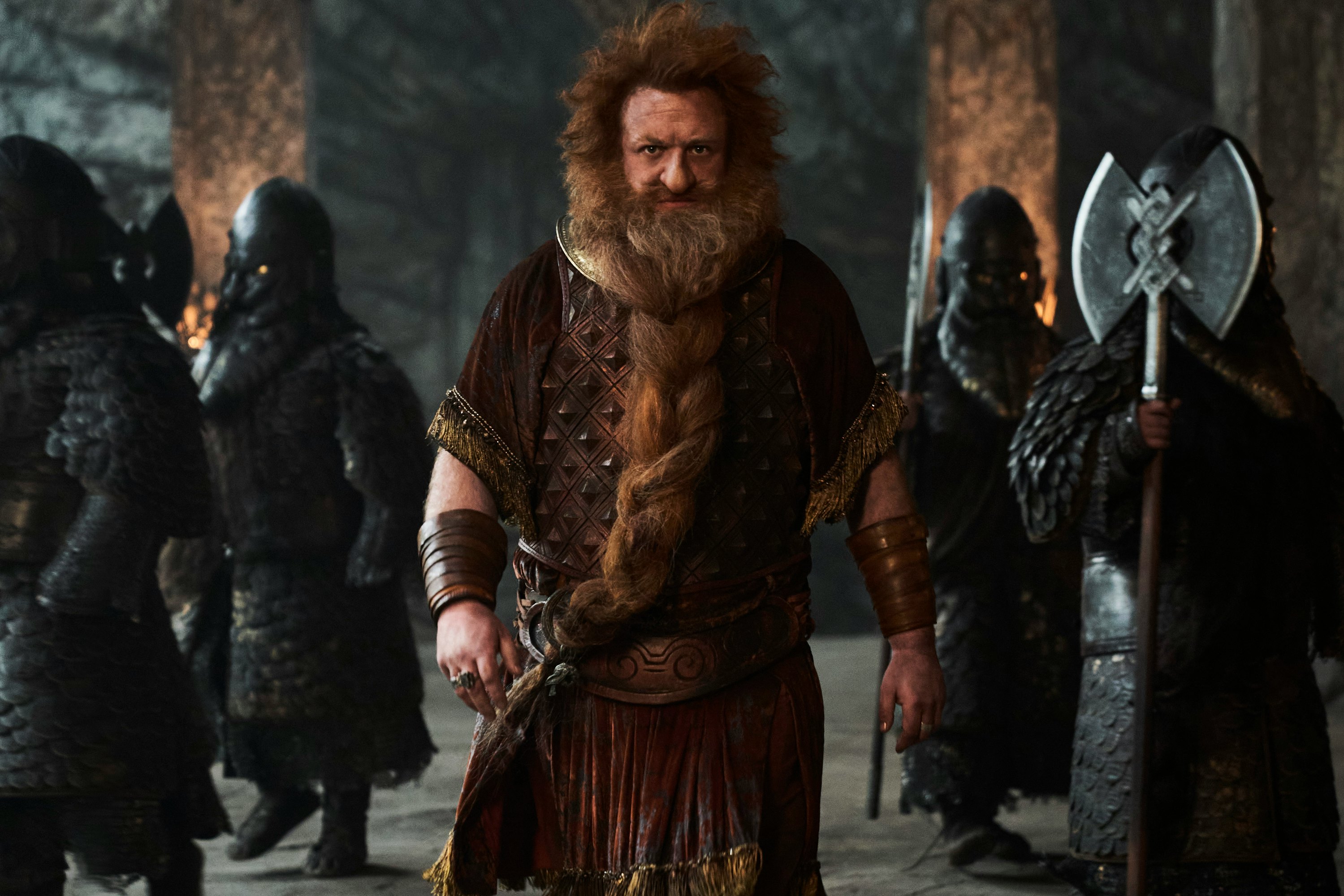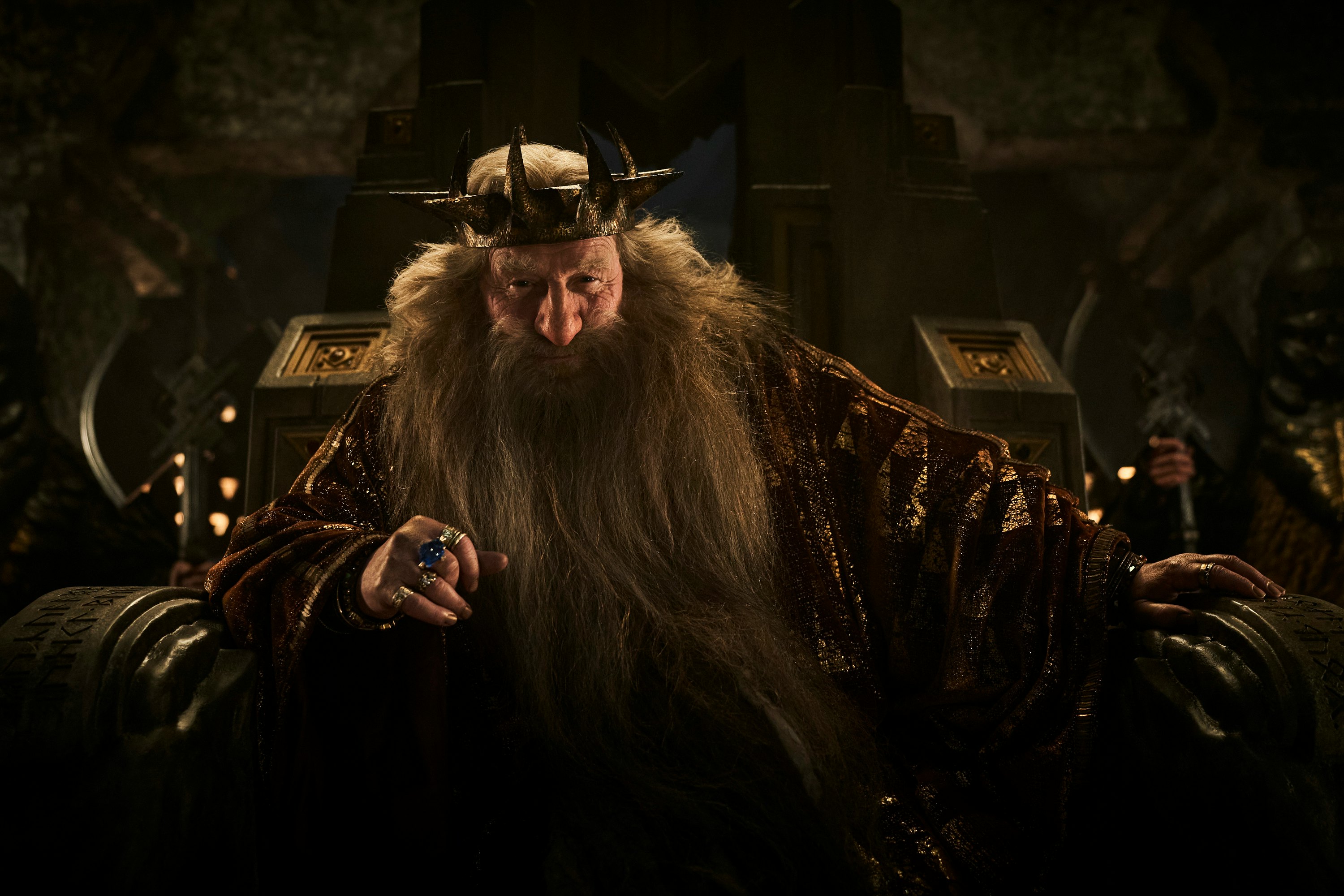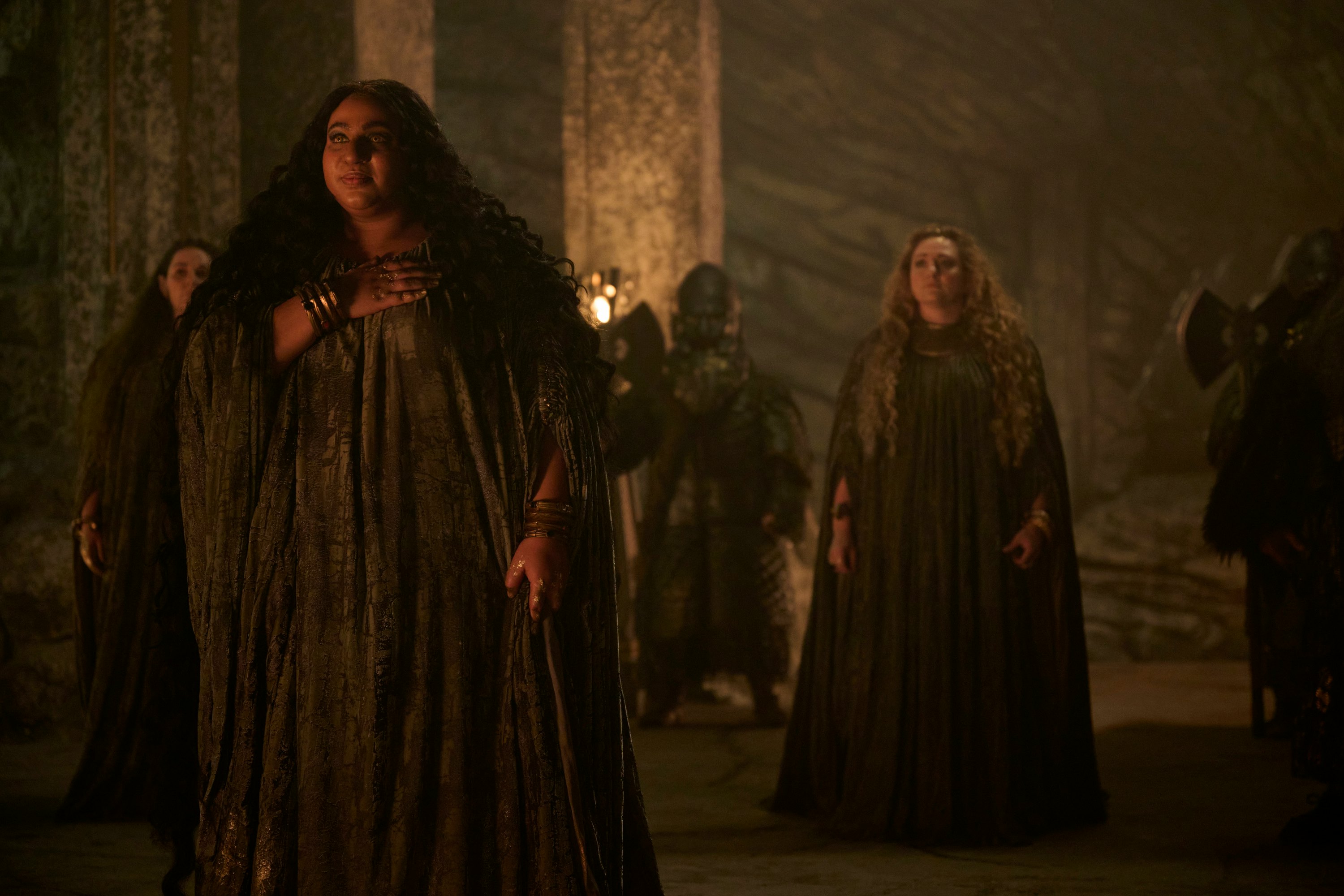
Peter Jackson’s Lord of the Rings trilogy doesn’t leave much to be desired (thankfully), but there are a few mysteries still haunting his post-apocalyptic take on Middle-earth. Across three films, the Fellowship of the Ring quests through a realm that’s long fallen to ruin. The state of Middle-earth is more or less explained away by the prevalence of battles and the dark power of Sauron — but there are some corners of the continent that fell without much help from the Dark Lord.
Take the mines of Moria, a major locale in The Lord of the Rings: The Fellowship of the Ring. What was once regarded as a thriving underground kingdom for the Dwarves is a dank, dusty grave when Frodo and co. happen upon it, home to bloodthirsty goblins and a ruthless Balrog. The cause of Moria’s decay was documented well enough in the written works of J.R.R. Tolkien, but it was framed as a shocking revelation in Jackson’s trilogy. It became one of those pieces of lore that feels more like a deep cut... that is, until now.
Prime Video’s Lord of the Rings series, The Rings of Power, isn’t officially connected to Jackson’s trilogy, but it serves as an effective prequel to the films. It’s set thousands of years before Fellowship, focusing mostly on Middle-earth’s Second Age. And while there’s not a ton of connective tissue between the series and the films, it does share a few common locales, Moria included. The Rings of Power is uniquely qualified to explore the decline of Moria in real-time — and after a whole lot of foreshadowing in its first season, the prequel is finally set to adapt the fall of the Dwarven empire.
The Mines Before Moria

In The Rings of Power, Moria is still known as Khazad-dûm, a thriving civilization that dwells beneath the Misty Mountains. It’s positioned as a slightly untouchable superpower at the beginning of the series, thanks to the introduction of a new ore called mithril. But their newfound power also makes them susceptible to Sauron’s (Charlie Vickers) influence, especially since he needs mithril to forge his Rings of Power.
That’s likely why the kingdom of Khazad-dûm is starting to fall apart in Season 2. The Dwarves once used stone singers like Princess Disa (Sophia Novemte) to “communicate” with the mountain above, locate safe places to mine, and even on occasion move settlements of rock. Disa considers this a sacred ritual, and it seems to be the only thing protecting the Dwarves from an unpredictable and dangerous existence underground. For some reason — maybe some intangible magic — the spiritual connection between the singers and the mountain has been severed. And after a massive earthquake destroys the sun shafts that nurture their crops, the people of Khazad-dûm are left near destitute.
Enter Sauron, now disguised as the Elven Annatar. In exchange for more mithril, Annatar offers the Dwarves Rings of Power that could potentially save their kingdom from ruin. The effects are almost instant, as King Durin (Peter Mullan) can now commune with the mountain without the help of any singers. He knows where to dig to find more mithril, and to bring sunlight back into the kingdom... the only problem is, this could very well be a temporary fix.
The origin of the Balrog?

As Tolkien’s source material reveals, Khazad-dûm was ultimately destroyed by greed. The Dwarven miners dug too deep into the mountain, which led to the Balrog’s awakening. We’ve already seen a tease of the Balrog in Season 1 — and Disa even seems to discover the Balrog in the series’ latest episode. Though she’s not quite sure what lurks beneath the mines, Disa does sense a malevolent presence, one that could be Khazad-dûm’s undoing. If Durin can’t keep his newfound greed in check and respect the mountain, The Rings of Power could quickly catch up to the events of Tolkien lore.
It may even seem like the series is moving too quickly, as Khazad-dûm doesn’t officially fall until the end of the Second Age — at least in Tolkien’s Legendarium. Either The Rings of Power is once again taking major liberties with the source material, or it plans to bring Khazad-dûm back from the brink before it’s too late. Whatever happens in future episodes, the stakes have never been higher for the kingdom of Dwarves. Khazad-dûm stands on a major precipice, and this may be the beginning of the end no matter what.







